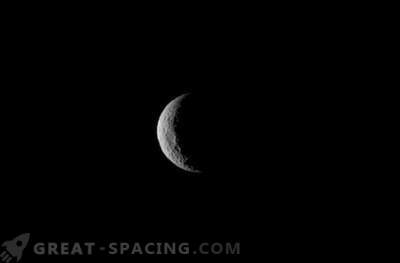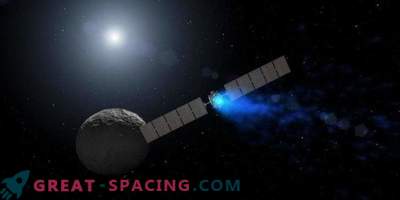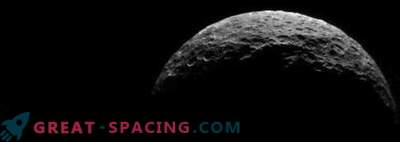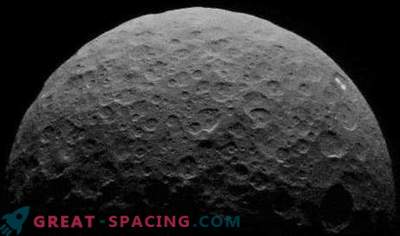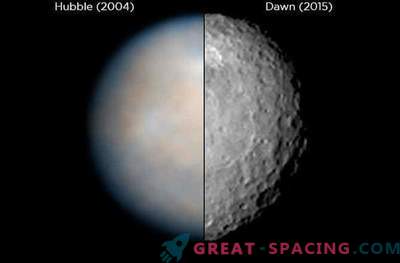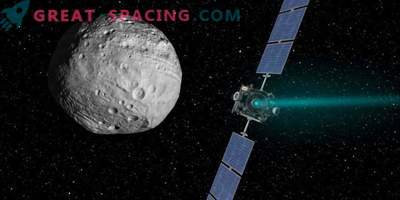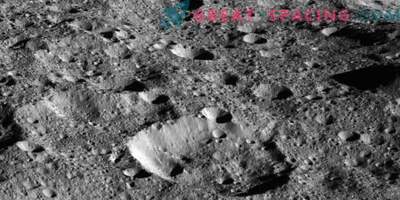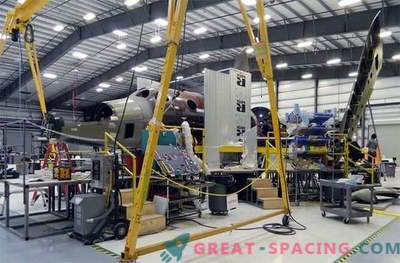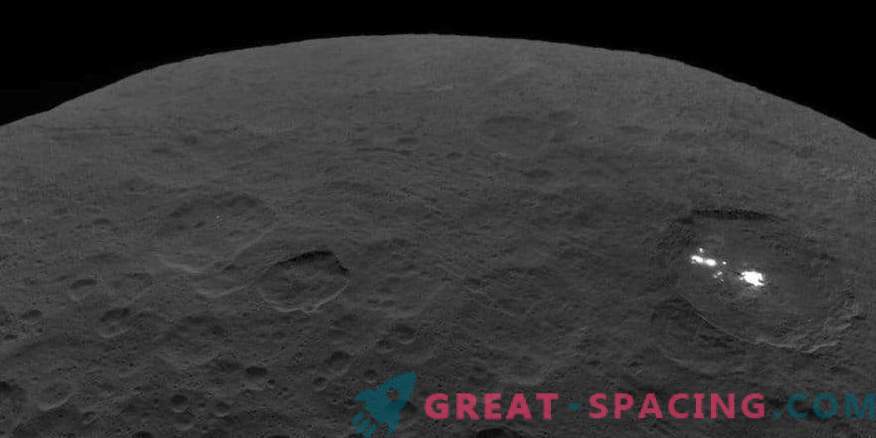
This is an image of Ceres and the bright areas of the Ockrator crater. This is one of the last species transmitted by NASA's Dawn ship before the mission was completed. The photo was taken at a distance of 3370 km, when the spacecraft was rising in an elliptical orbit.
The NASA Dawn spacecraft shut up, completing a historic mission to study the early history of the solar system in the asteroid belt. Dawn missed scheduled communications with NASA on October 31 and November 1. The flight team eliminated all possible causes, leaving only the fact that the device consumed the last fuel reserves. Dawn will no longer be able to send antennas to Earth to keep in touch, as well as adjust its own batteries for recharging from the Sun.
Dawn started 11 years ago and managed to visit the two largest objects in the main asteroid belt. Now it rotates near the dwarf planet of Ceres, where there will be dozens of years. Scientists celebrate the completion of the mission and thank for the incredible technical advances and scientific information obtained. Detailed views of Ceres and Vesta allowed a better understanding of the history and evolution of the solar system.
Dawn launched in 2007 to do a 6.9 billion km long journey on ion engines. In 2011, the ship arrived at Vesta (the second largest object in the asteroid belt) and became the first in orbit of a celestial body between Mars and Jupiter. In 2015, the device reached the orbit of Ceres (a dwarf planet and the largest world in the asteroid belt). Information from four scientific experiments. Dawn allowed to compare two worlds, whose development differs from the planetary one. The device allowed us to investigate objects from the early period of the evolution of our system. Dawn also reinforced the idea that dwarf planets are able to have oceans for a long time (maybe they are still there).

Image of Ceres and one of the main attractions - Ahun's cryovulcan. This is one of the last views before completing the mission. Photo received on September 1 at an altitude of 3570 km
It is worth noting that the legacy of Dawn is just beginning, because there is still a lot of information to be processed and to understand how planets grow and differentiate. The study will also help you understand how and where life first appeared. Ceres and Vesta are important because they allow you to look at the conditions that exist near many other stars.
Ceres has important conditions for scientists (chemistry that leads to life), so they adhere to strict protocols of planetary defense for the disposal of a spacecraft. Dawn will be in orbit for more than 20 years. Although scientists are 50% sure that the time will be delayed for at least 50 years.
